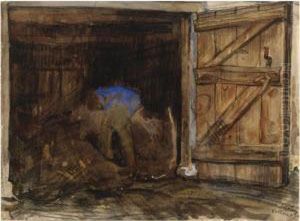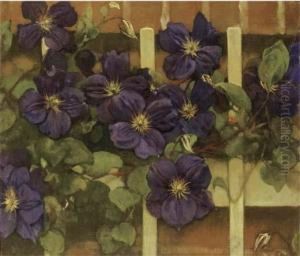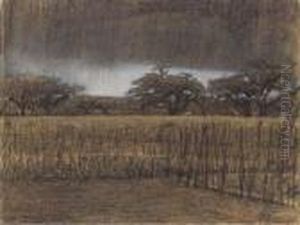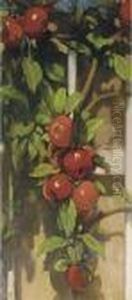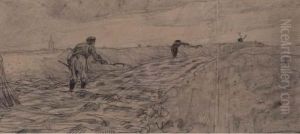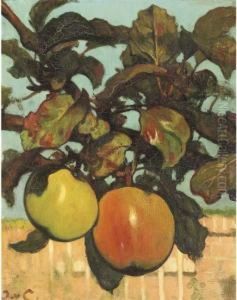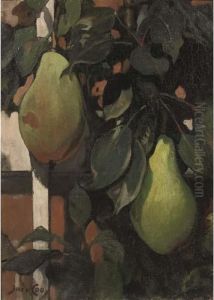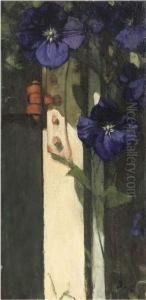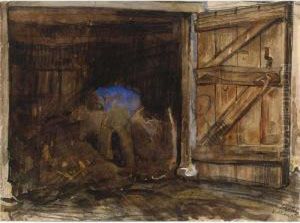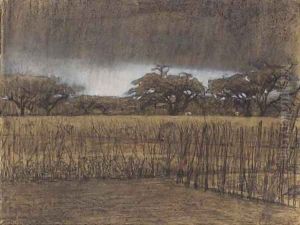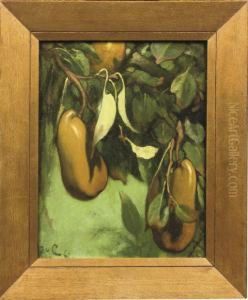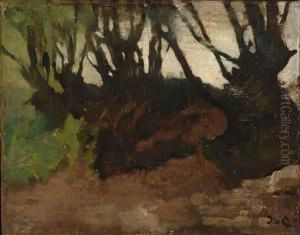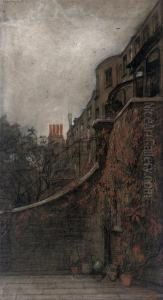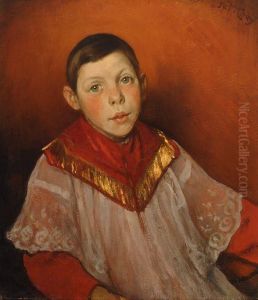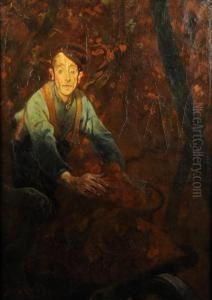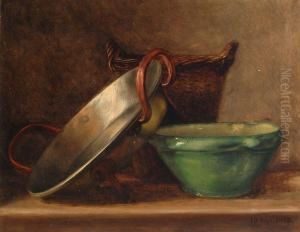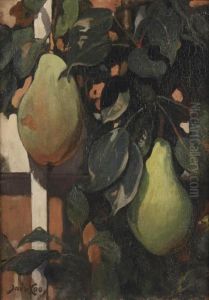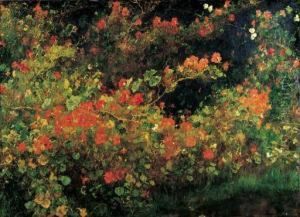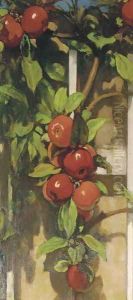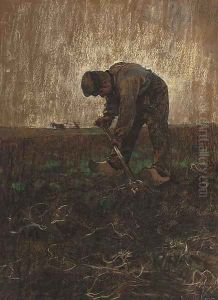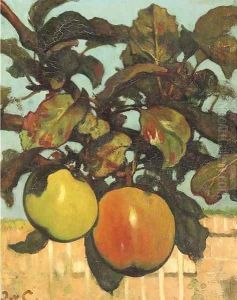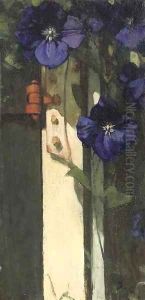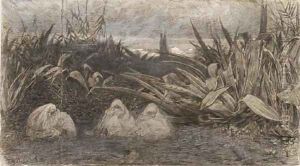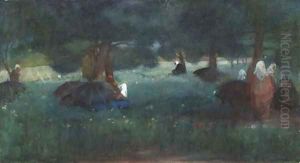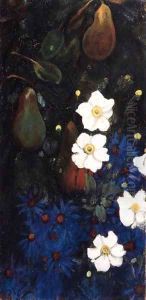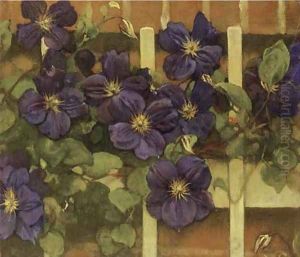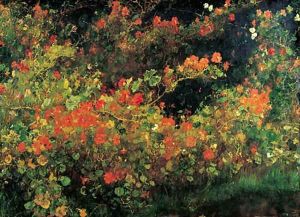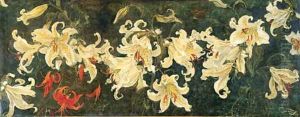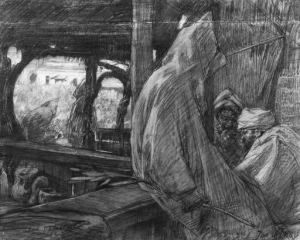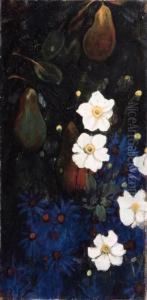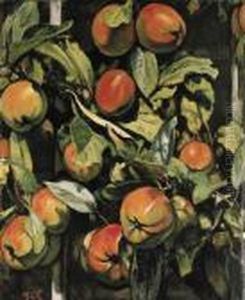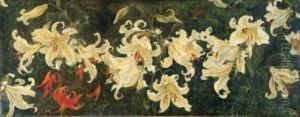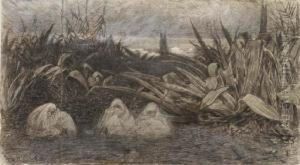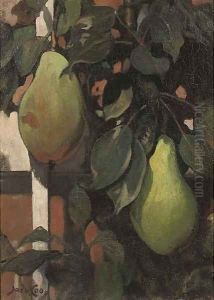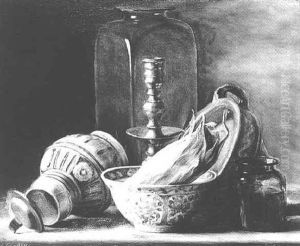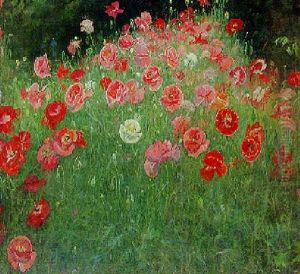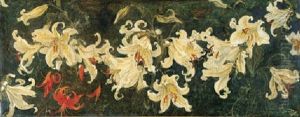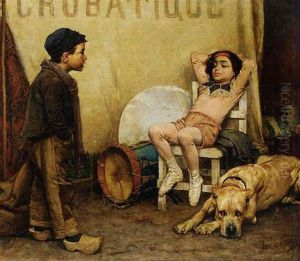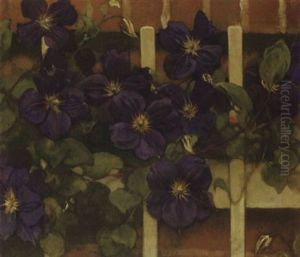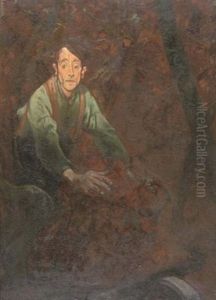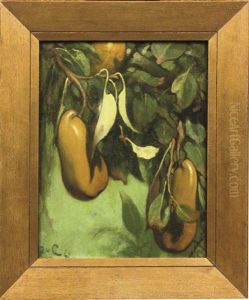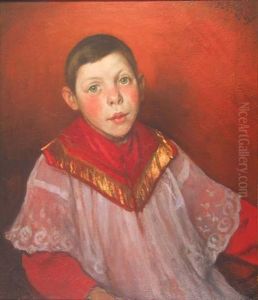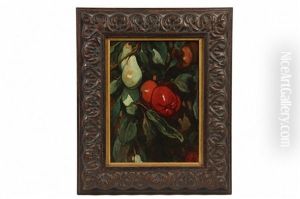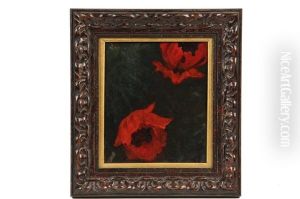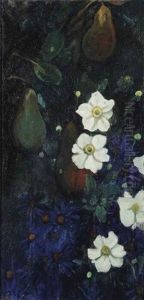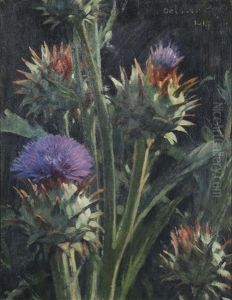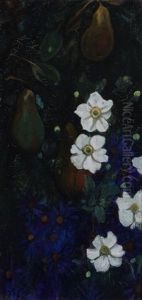Jacobus Van Looy Paintings
Jacobus Van Looy was a Dutch painter and writer born on September 13, 1855, in Haarlem, the Netherlands. He was an orphan at a young age and was raised in the Haarlem Municipal Orphanage, where he first developed an interest in art. His talent was recognized early on, and he was given the opportunity to study at the Rijksakademie van beeldende kunsten in Amsterdam.
Van Looy's early works were mainly focused on genre paintings and portraits, but as his career progressed, he became more interested in landscapes and still lifes. He was influenced by the Hague School and the impressionist movement, which is evident in his use of color and light. Van Looy was also a part of the Tachtigers, a group of Dutch artists and writers who advocated for modernization in art and literature.
Throughout his career, Van Looy traveled extensively, which greatly influenced his work. He visited countries such as Spain and Morocco, and the scenes and people he encountered often became subjects of his paintings. His travels also contributed to his development as a writer, and he penned several travelogues and novels.
In addition to painting and writing, Van Looy was also involved in teaching, sharing his knowledge and skills with younger generations of artists. His contributions to Dutch art were recognized with several awards, including the Order of Orange-Nassau.
Jacobus Van Looy passed away on February 24, 1930, in Haarlem. His legacy is preserved through his works which are held in various Dutch museums, including the Rijksmuseum in Amsterdam and the Frans Hals Museum in Haarlem. He is remembered as a significant figure in the transition from traditional to modern art in the Netherlands and as someone who captured the spirit of his times both through his vivid paintings and his descriptive writings.
